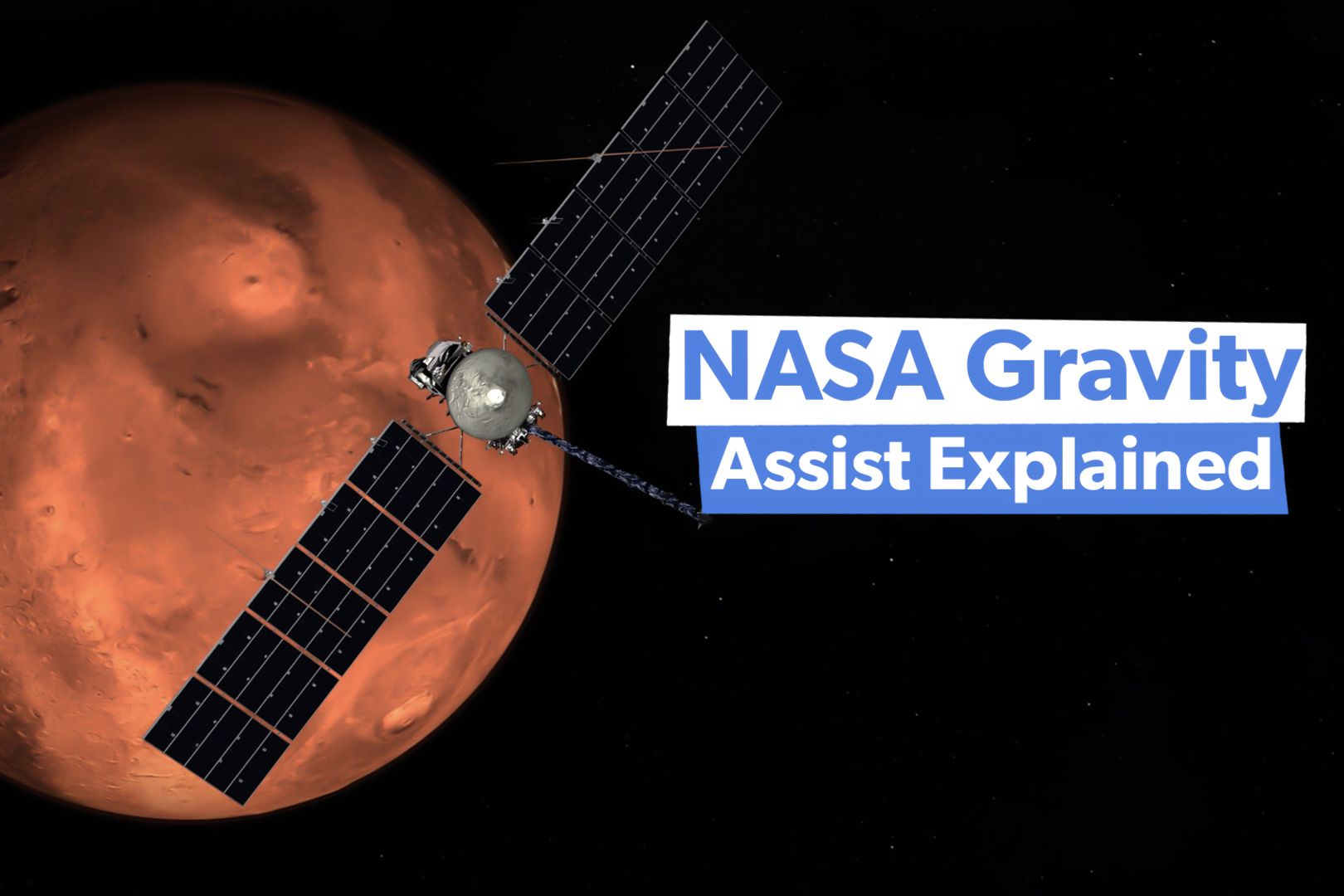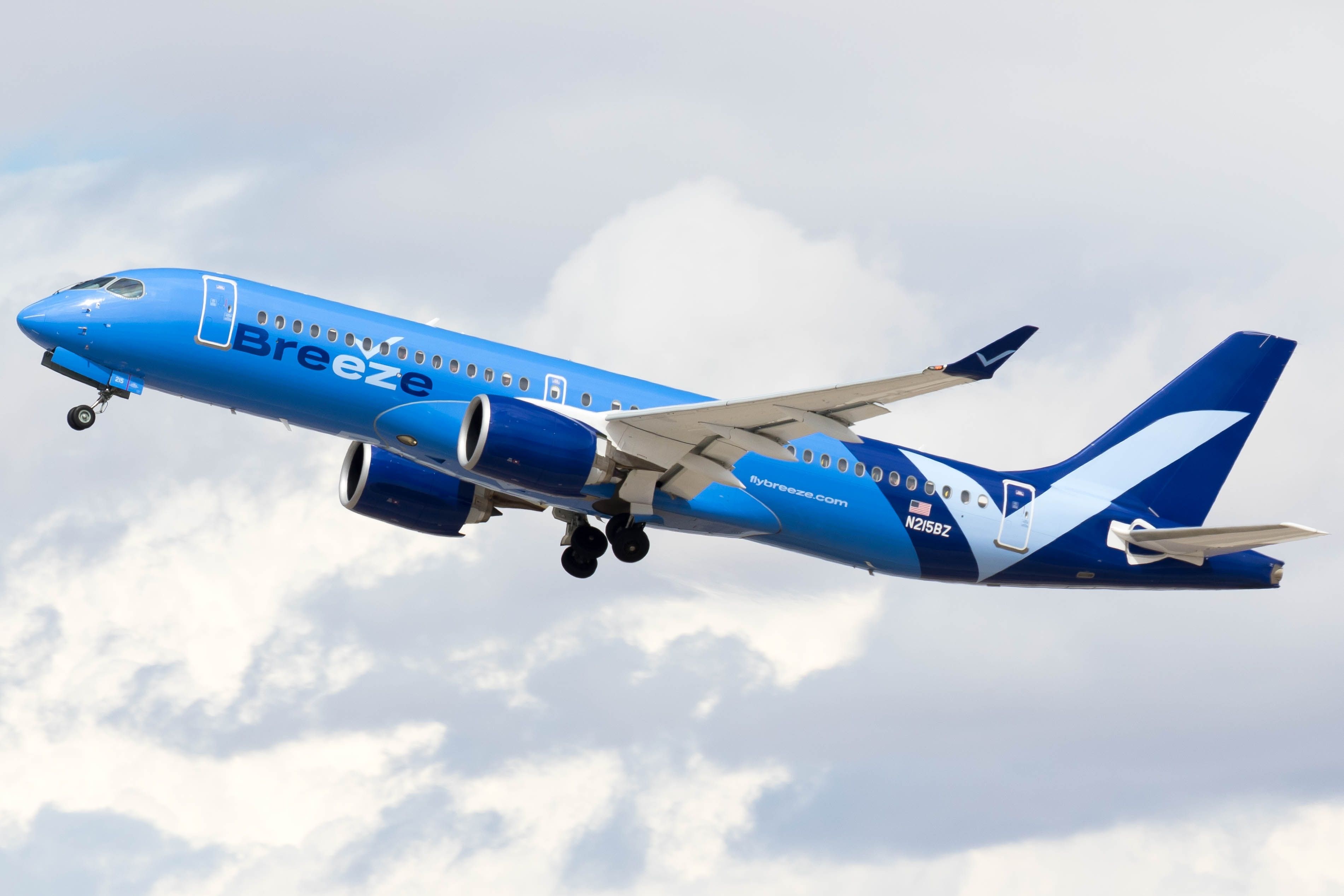Quick Links What is a gravity assist maneuver? How does a gravity assist work? What was the first spacecraft to use gravity assist? Other notable missions that used gravity assists When have gravity assists been used to slow down? Taking gravity assist to the next level Slingshotting into the future of space exploration On October 10, 2024, NASA's Europa Clipper is scheduled to begin its long voyage from Kennedy Space Center in Florida toward Jupiter, where it will enter the Gas Giant's orbit in April 2030. The spacecraft's intriguing mission is to find out if life could exist on the Jovian moon of Europa. To arrive at its destination roughly 390 million miles away, the Europa Clipper will be launched by SpaceX's Falcon Heavy rocket.
Upon separation just over an hour after liftoff, the spacecraft will rely on its meticulously designed propulsion system consisting of 24 engines and nearly 6,000 lbs (2,750 kg) of fuel and propellant. However, for the Europa Clipper to reach Jupiter's orbit as planned, it will rely on one more thing - gravity assists from Earth and Mars. What is a gravity assist maneuver? A critical element of spacecraft design and mission planning is maximizing propulsion system efficiency, particularly for more ambitious missions.
To accomplish this, NASA employs gravity assists, also known as a gravitational slingshot or flyby. A gravity assist is a space navigation technique used to accelerate (or decelerate) and redirect a spacecraft by leveraging the gravi.


















